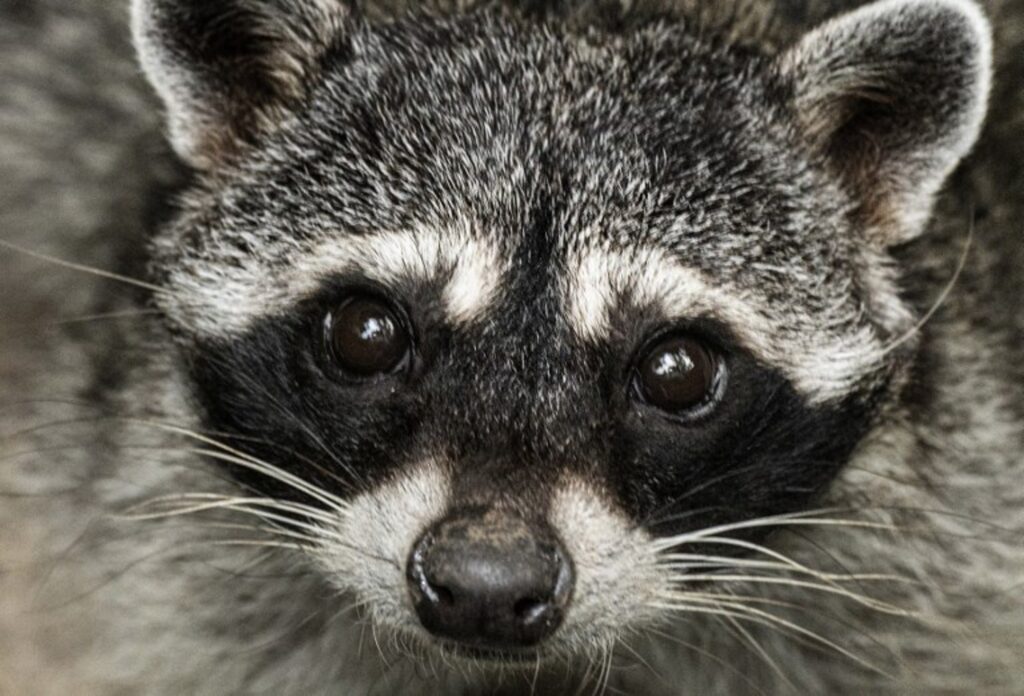Despite efforts to reduce their numbers, raccoon populations in Wallonia have continued to boom since their introduction in Belgium in the 1980s, posing threats to biodiversity and public health.
The raccoon, categorised as an invasive species in Europe, spreads diseases and causes nuisance, despite its charismatic appearance.
Regional Environment Minister Céline Tellier launched a drive last year to control the invasive species, but this effort appears inadequate. Despite awareness raising and local trapping initiatives, the raccoon continues to proliferate.
The situation is particularly worrisome in Ciney, according to municipal councillor France Masai. “We and several neighbours are noticing an increasing number of raccoons in our districts, particularly in Sovet," Masai said. "They are cunning, adept at opening latches, and lifting up chicken coop roofs to prey on our hens.”
The raccoon population was estimated at 70,000 in 2023, according to the Walloon public service's Invasive Species Unit. However, this figure, which has not been revised, is already outdated. “Since last year, we have been observing an increase in the number and frequency of raccoon sightings in areas where the animal was already prevalent,” unit member Étienne Branquart explained.
“We are struggling to curb the expansion despite our awareness-raising efforts and sporadic trapping initiatives conducted by forestry officers,” Branquart continued. He added that the Department of Nature and Forests is contemplating a regional plan to keep the animals in check.
In the meantime, residents can take actions to mitigate the harm caused by the raccoons and avoid promoting their survival. “Do not feed raccoons, protect your chicken coops, keep your bins inaccessible, and avoid leaving your pet’s food outdoors,” Branquart advised.

